The BSV blockchain is proving once again that it’s the network to beat for transaction throughput. On May 2-3, 2025, BSV processed 152 million transactions in 24 hours. Those transactions were all processed on-chain and at low cost compared to other blockchain networks, secured by proof-of-work (PoW).
BSV uses Bitcoin’s original protocol rules for processing transactions, and the network has operated since January 2009. With the upcoming Teranode protocol upgrade promising even greater capacity, BSV shows that on-chain scaling with larger transaction blocks does work. Bitcoin has always been capable of unbounded scalability, rivaling dollar-based digital payment networks without “sidechains” or exotic new processing algorithms.
Let’s look at some previous records to put those figures into context. BSV processed 35 million transactions in 24 hours
back in September 2022. mintBlue pushed it to 50 million in March 2023, topped by Vaionex with 86 million just two months later. In December 2024, it was 90.8 million.
Notably, the average per-transaction fee on BSV around May 2-3, 2025, was US$0.00137. Even that price represented a significant spike compared to other days over the past year. This means that large-volume days don’t present any substantial cost increases for casual users, such as those sending one-off small payments in BSV or stablecoins, or trading non-fungible tokens (NFTs).
I have just requested that @GWR @GWRJapan @gwr_es Guinness World Records recognises the phenomenal achievement set by the bsv blockchain in becoming the highest amount of transaction in a 24hour period with over 152 million txts. I would ask others to request this record, and… pic.twitter.com/swY16jieUl
— 1 (@369bsv) May 3, 2025BSV is capable of processing far more data than just payments. It could handle any number of enterprise- and government-tier data applications without them coming at the expense of daily payment usage. Its on-chain records are secure and auditable, and any confidential data in its transactions can be encrypted to stay private.
Do you feel stressed? BSV: Not much
The high transaction volumes on BSV are likely due to ongoing stress tests by blockchain explorer Bitails. According to co-founder Meysam Rezaei, the purpose of the tests was to push BSV to its capacity limits under current conditions, i.e., with transaction processors running the SV Node protocol software.
By stress testing the network using existing resources, Bitails “prioritized performance and cost efficiency to meet deployment needs,” and to identify target areas for more efficiency and performance gains.
Bitails found the BSV mempool (transactions waiting to be processed) could sustain around 8,000 transactions per second (TPS) with “some issues.” Further testing will take place at a later date to see if any issues can be resolved.
However impressive the results may look now, they’re expected to be temporary—the Teranode upgrade is due for general release soon, which should allow for a marked increase in transaction-processing capacity. Services like GorillaPool use a custom setup, but like most processors (miners) are still working with SV Node.
The stress tests taught us a lot.
The biggest thing we learned is that we are roughly 3 years ahead of the humans when it comes to connectivity and throughput, but they have a lot more hash power.
What does that mean for the network?
Well, it means that we provide better,… pic.twitter.com/lFJhW1cMqW
As always, critics will claim BSV’s transaction statistics are “not real” since the volumes were test-generated. While early 2025 transactions may not reflect actual daily, sustained use of the network for a diverse range of business tasks, it’s disingenuous to say they’re not real; the transactions themselves were absolutely real, and reflect the true network capabilities. Moreover, unless the network is tested in this realistic way, no one would ever know whether it actually works.
Claims will only get you so far; at some point, you need proof to back them up. The best way to get that proof is by real-world testing, before hundreds of other business-critical applications fire up.
Watch: Bringing the Metanet to life with Teranode

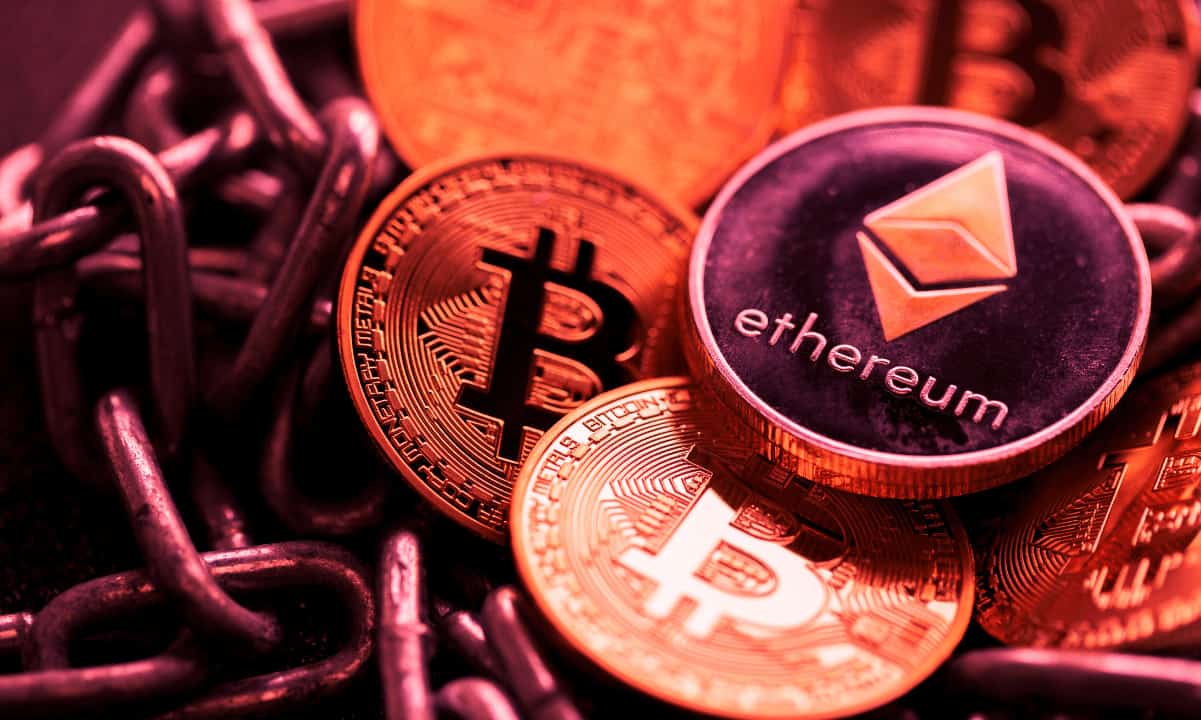


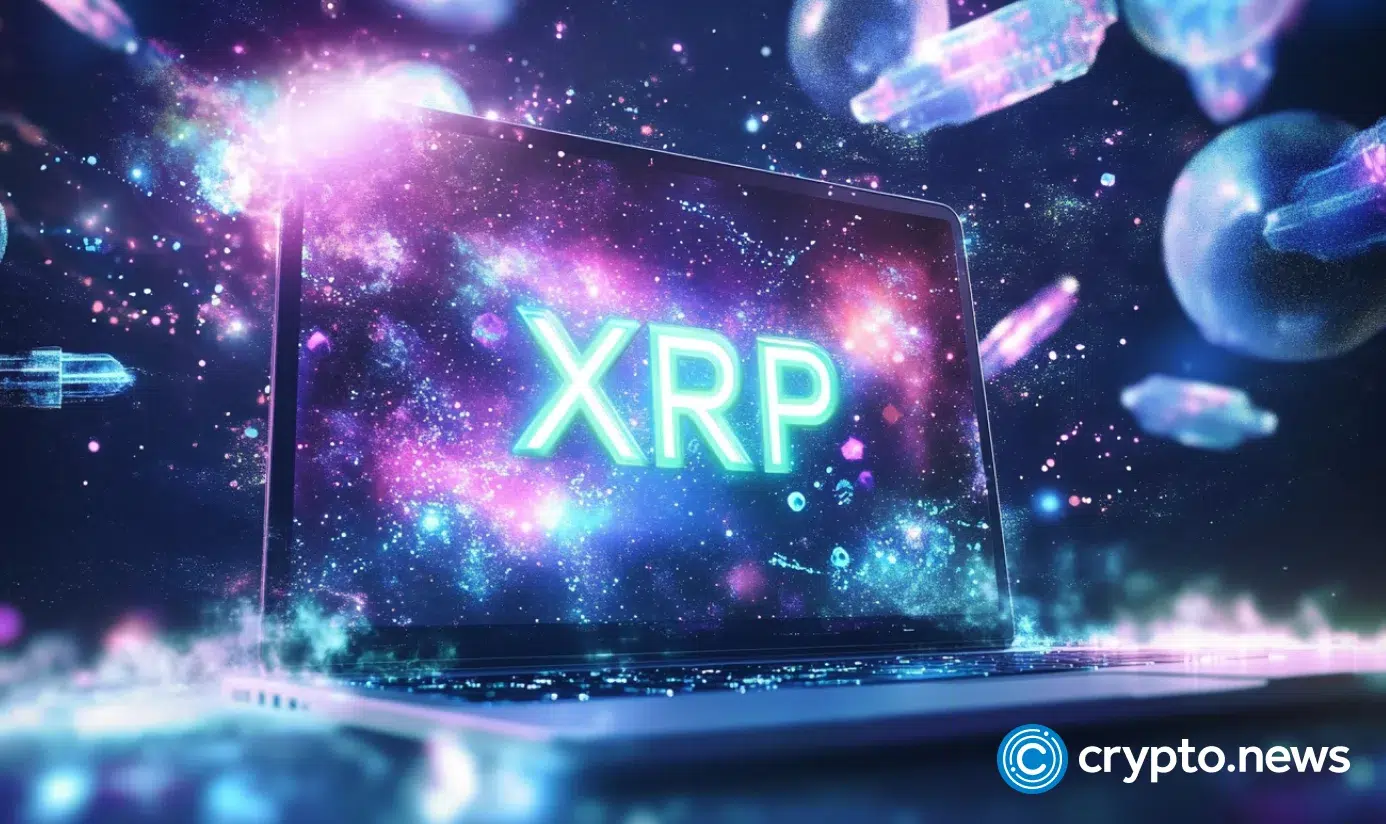

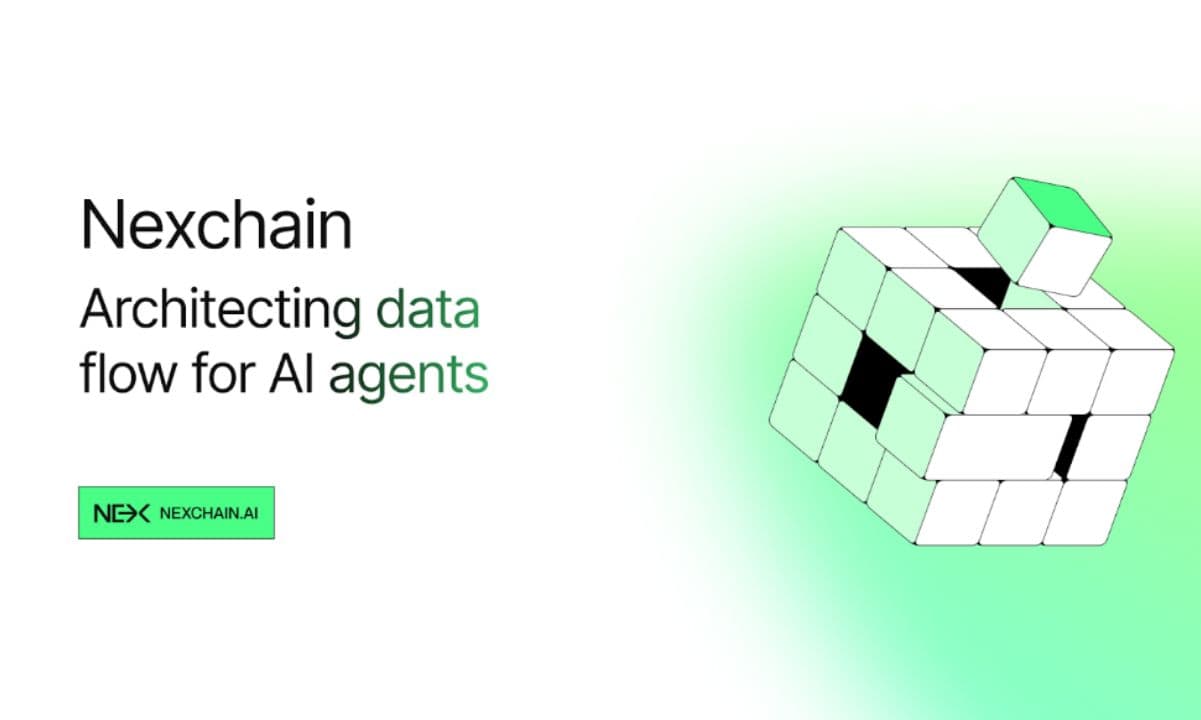
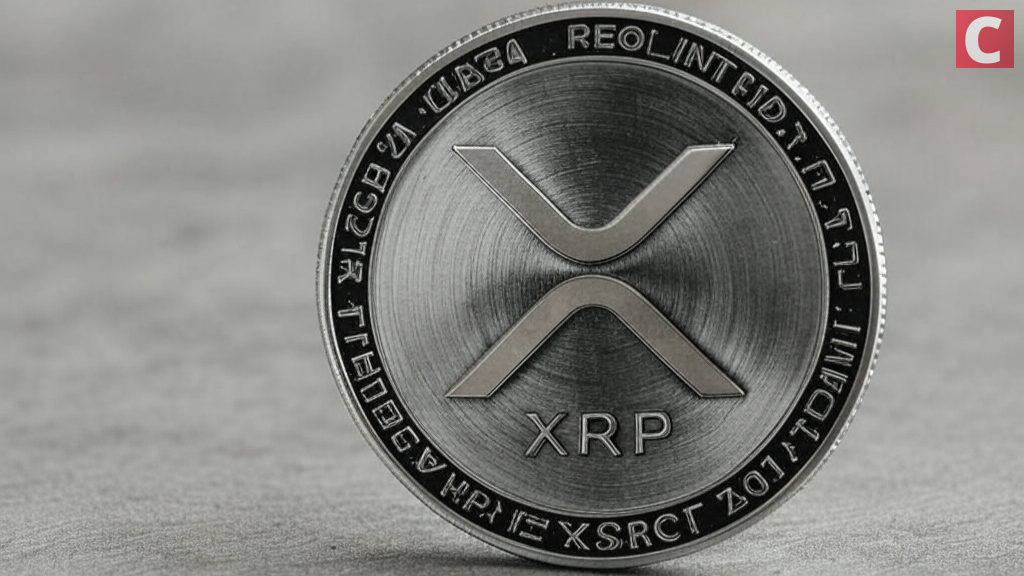





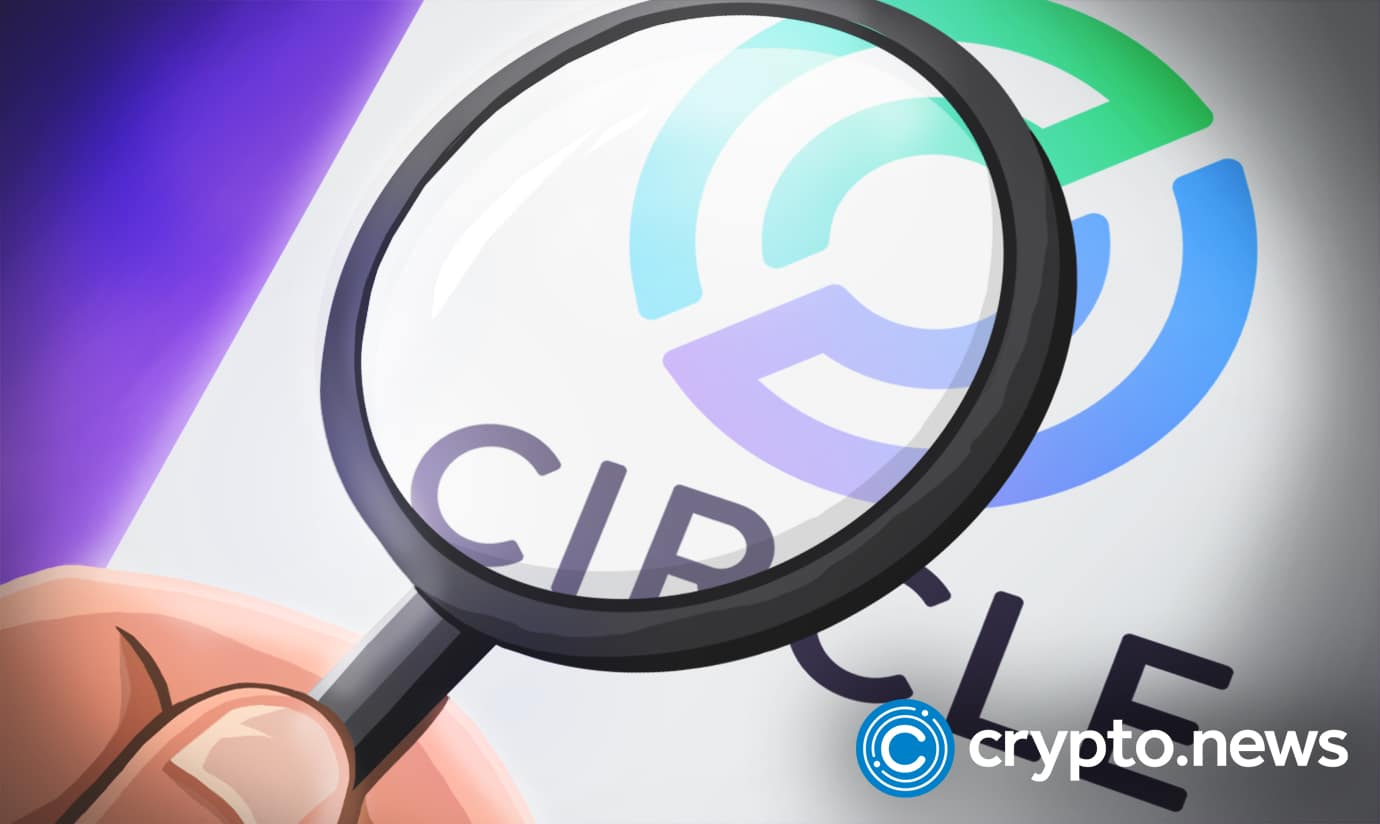
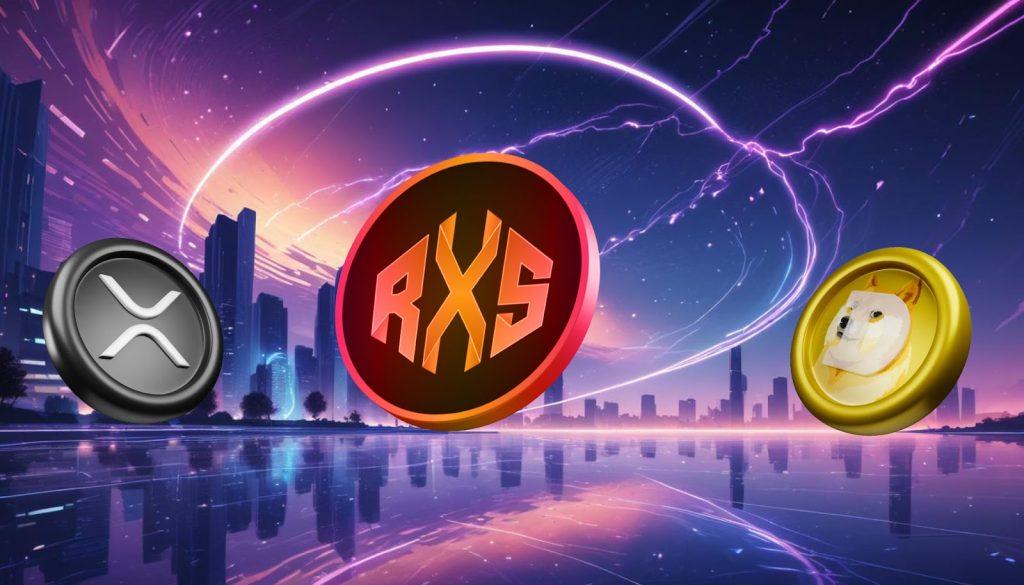

 English (US) ·
English (US) ·